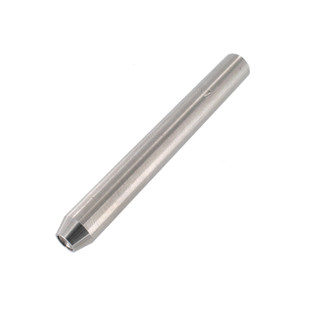merlynski
Curmudgeon Electronicist
I am working on an SX-780 that I had happily playing in my motor vehicle (hobby) repair shop for many years. It began having a flaky left channel, then quit completely. I put in an SX-650 I had on hand as it replacement.
I am now in the middle of the SX-780 repair. Somebody in the past botched the pcb repair at the relay solder pads.

I removed the relay to see the damage better:

Then I did some clean up and removed a bit more of the solder mask.

The case is broken on the old relay so I am going to replace it anyway, my question is
Is the Omron (Mouser 653-my4-02-dc48) still the best choice for the SX-780 protection relay?
Thanks in advance for your help
I am now in the middle of the SX-780 repair. Somebody in the past botched the pcb repair at the relay solder pads.

I removed the relay to see the damage better:

Then I did some clean up and removed a bit more of the solder mask.

The case is broken on the old relay so I am going to replace it anyway, my question is
Is the Omron (Mouser 653-my4-02-dc48) still the best choice for the SX-780 protection relay?
Thanks in advance for your help







